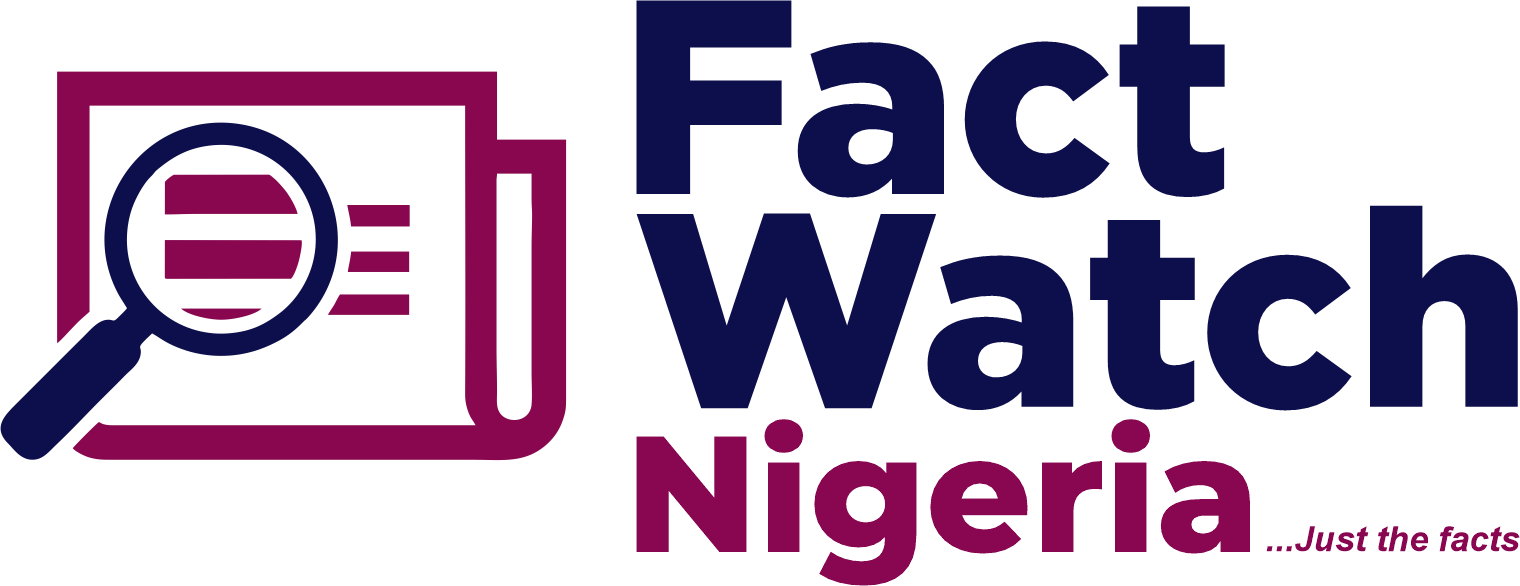When news sources aligned to a particular business or political ideology choose to share misinformation, it can trigger an “arms race” where their rivals start sharing their misinformation to compete, according to research by Science Advances.
The team developed a model to replicate a competition between two media groups in a news landscape where sharing misinformation can attract extra attention, but erode trust over time. The researchers say their model showed that when one “player” shared fake news, their “opponent” had to do the same to compete. They say a model like this can be used to better understand how misinformation-heavy news sources grow and how they influence public opinion.
The model could help researchers quantify long-term trade-offs between misinformation’s immediate benefits for outlets, such as increased traffic to a website, and long-term damage like erosion of credibility.
“Our results emphasize the effectiveness of educational initiatives aimed at improving media literacy and lowering susceptibility. By equipping individuals with the skills to better assess the credibility of the information they consume, one can decrease the overall susceptibility of the community,” Arash Amini and colleagues suggest.
Today’s attention economy forces competition between news sources, driving outlets to use flashier language and provocative storytelling—and even to resort to fake news to increase reader engagement. Although sharing misinformation has become a strategy for audience growth, doing so can harm credibility and lead to longer-term downsides.
The model examining this trade-off used a zero-sum game approach where sources, or players, must choose between spreading facts or fake information to an audience. It relied on a premise called quantal response equilibrium, in which players can only make certain rational choices during decision-making.
The model defined how each player’s influence evolved by monitoring their reputation for credibility, their ratio for accurate articles, and their audience’s preexisting opinions. Using a misinformation exposure distribution and a credibility-opinion curve as comparisons, the model’s output closely aligns with what is observed in the real-world news landscape.
It also portrayed how an “arms race” can emerge between news sources; when one player resorts to fake news, the other player has to do the same to compete. The model further illustrated how this “arms race” can increase polarization in audiences, leading to echo chambers. While the team’s model can describe the patterns of such an “arms race,” they are careful to note that it cannot reveal the specific motivating factors behind news outlets’ decision-making.
“In other words, we cannot explicitly label news sources that strategically use misinformation as malicious, as their decision-making may have emerged through repeated interactions, making information distortion a natural outcome for hyperpartisan media,” the authors explain.








